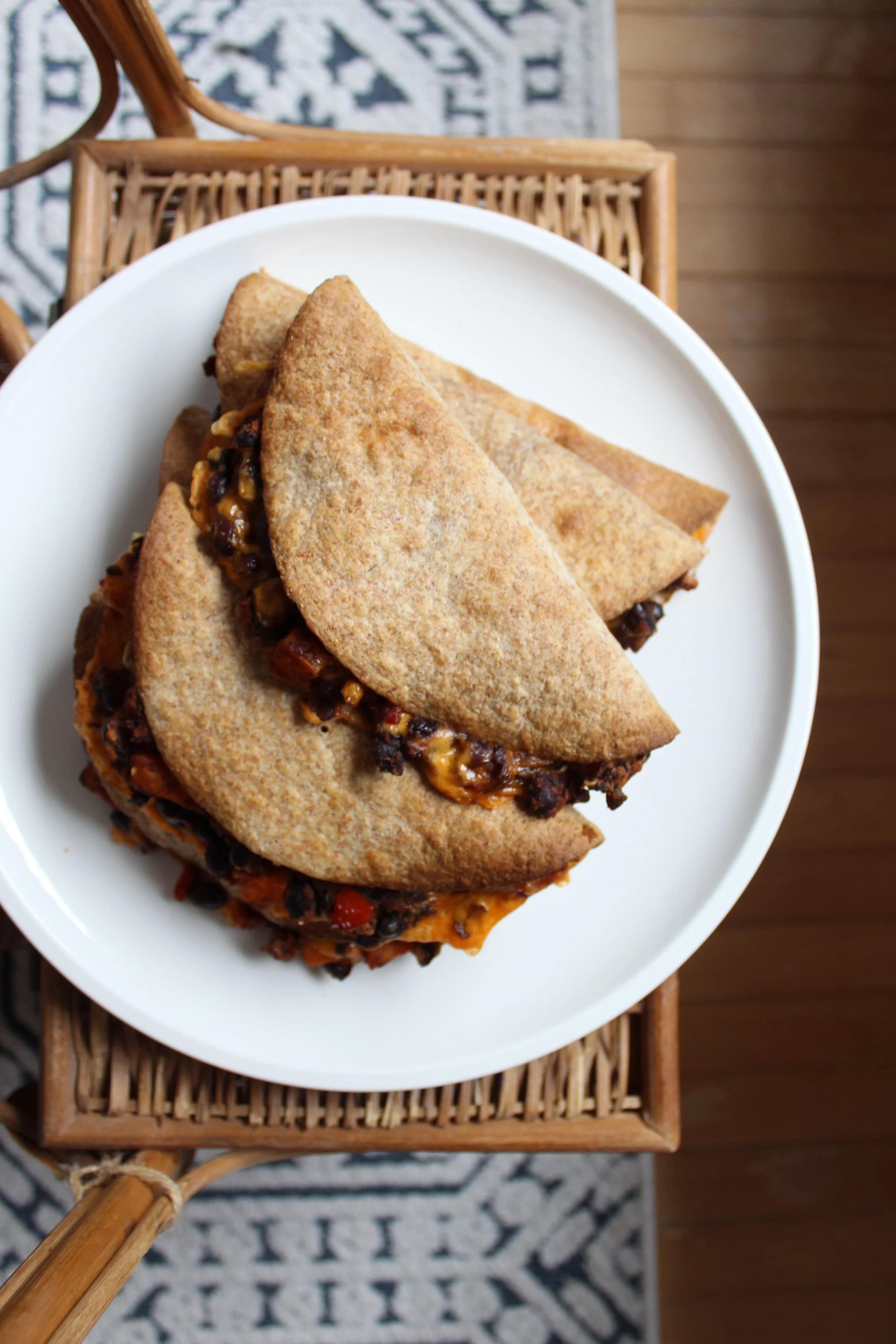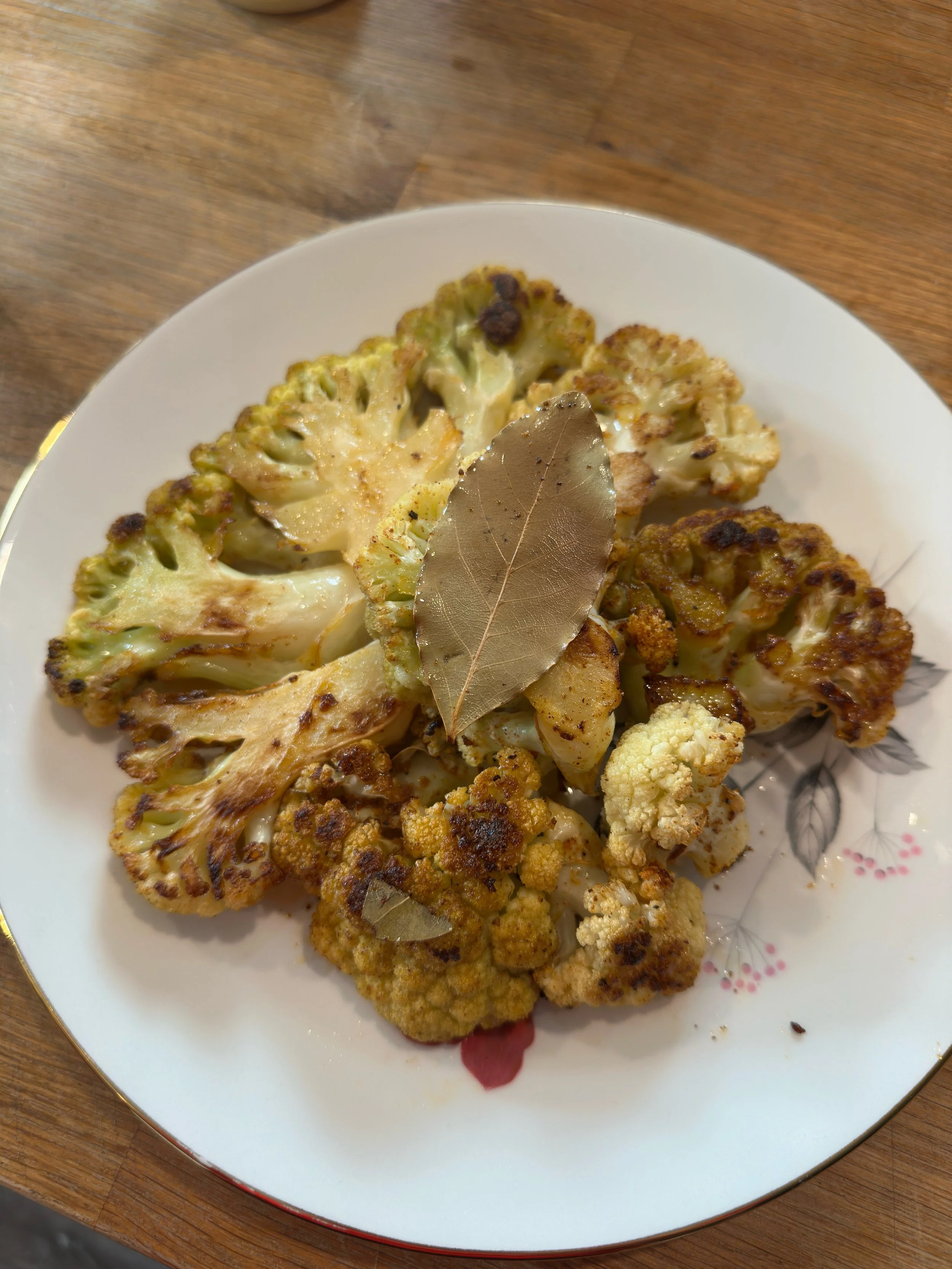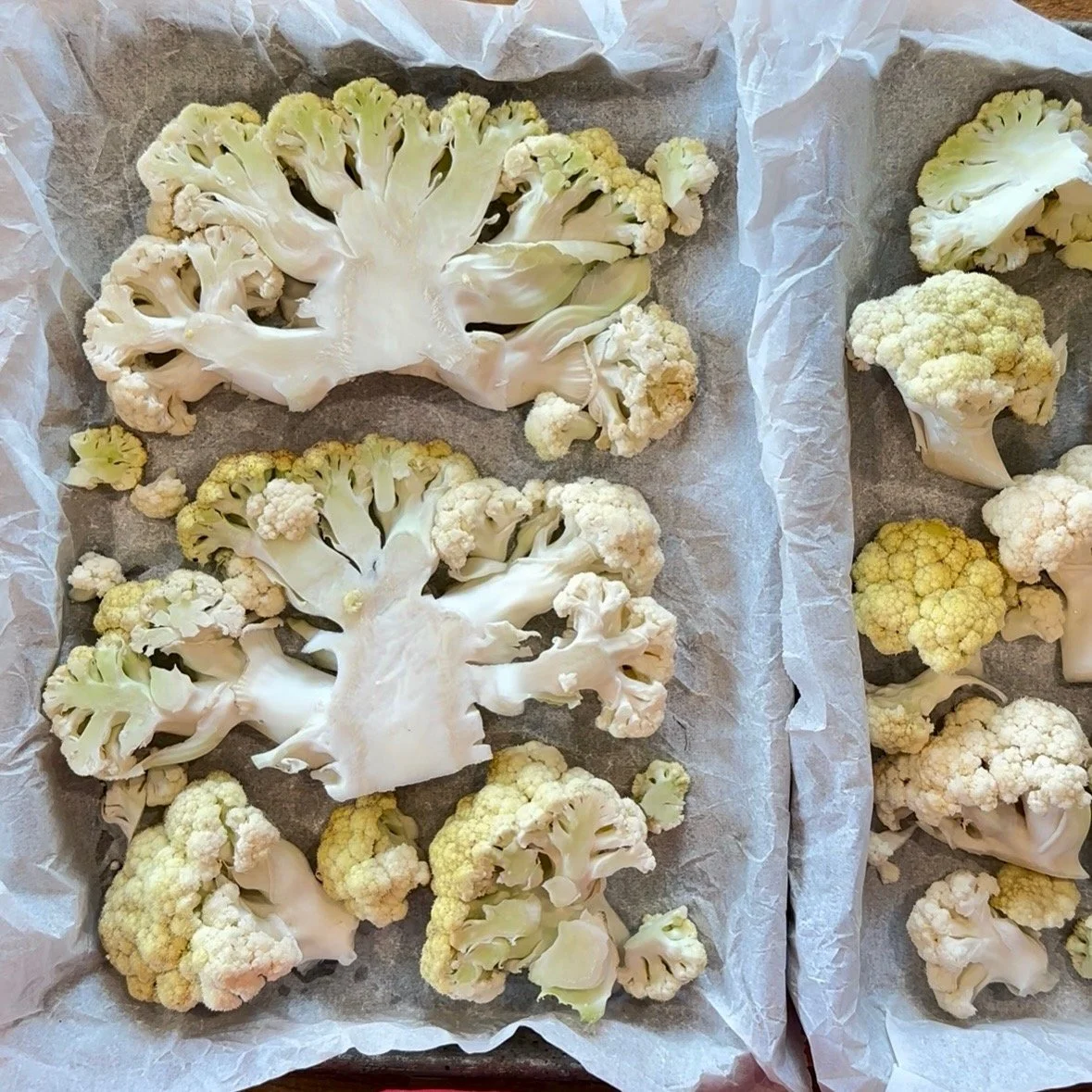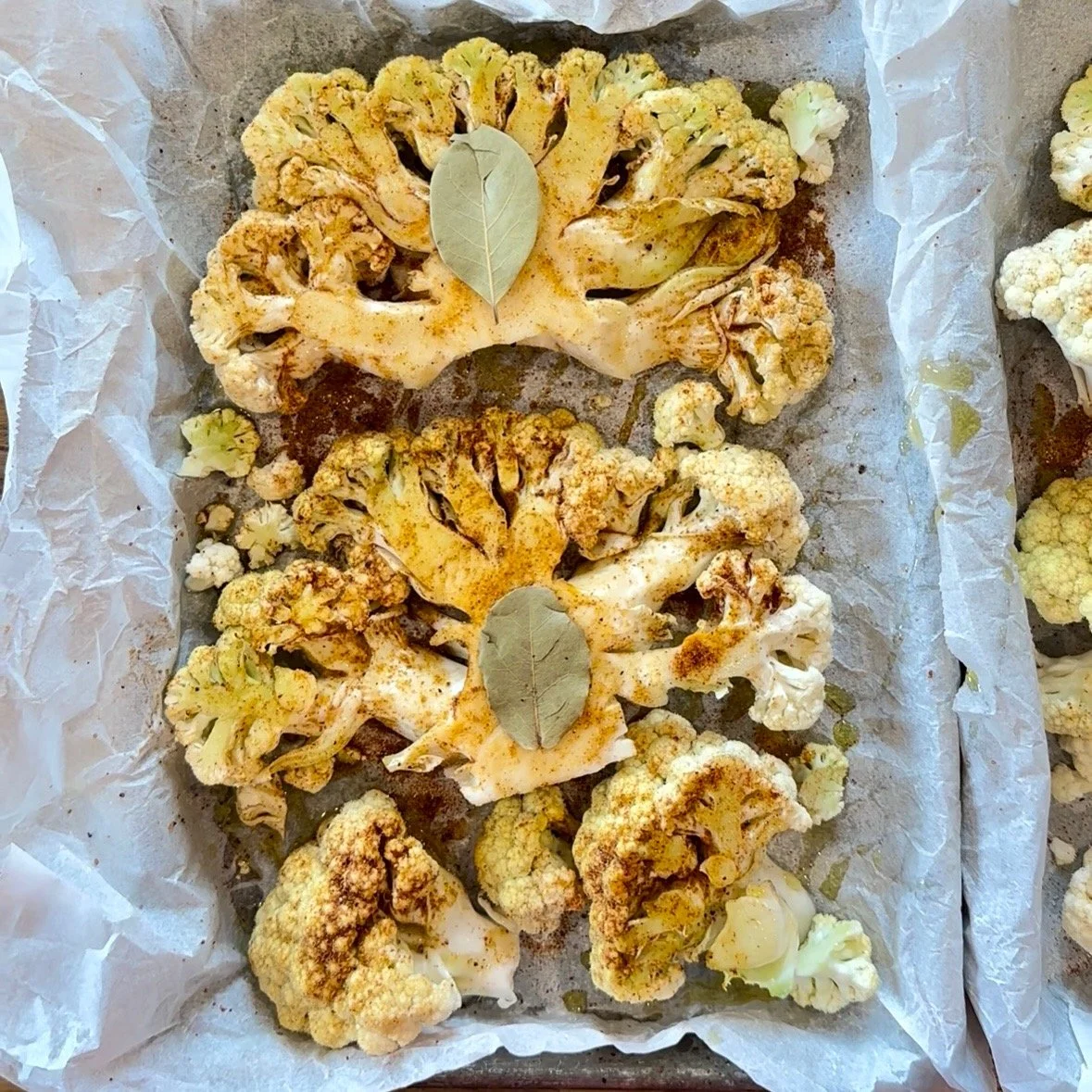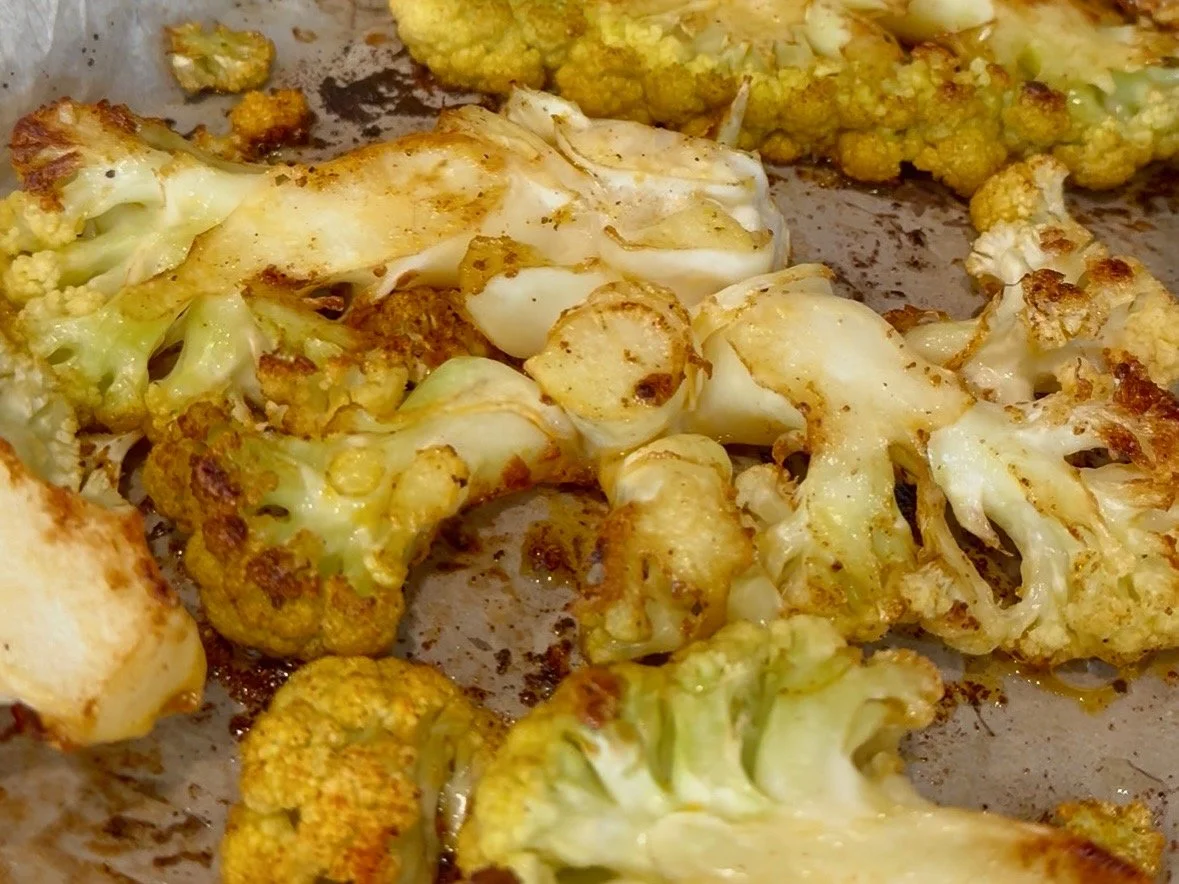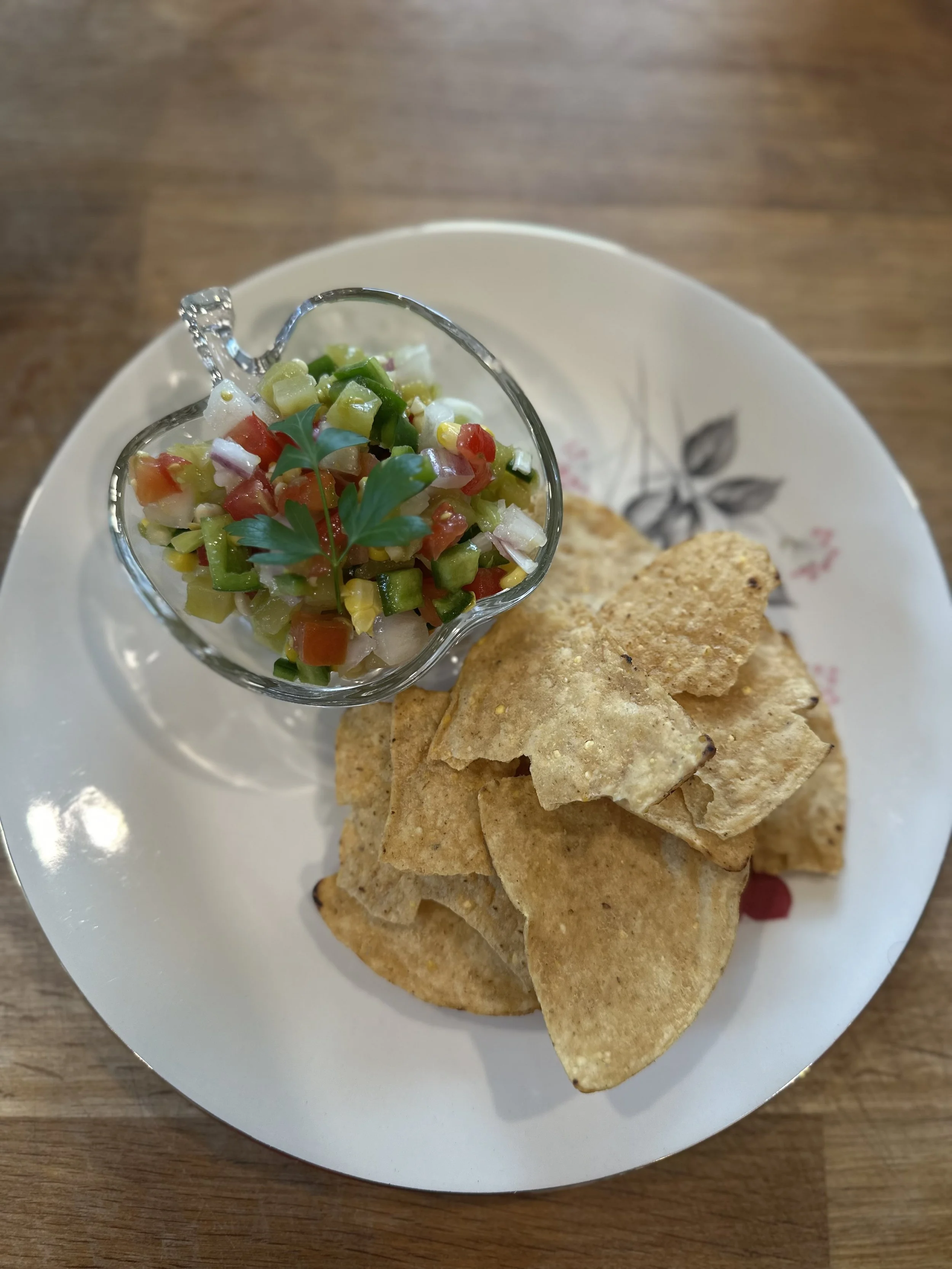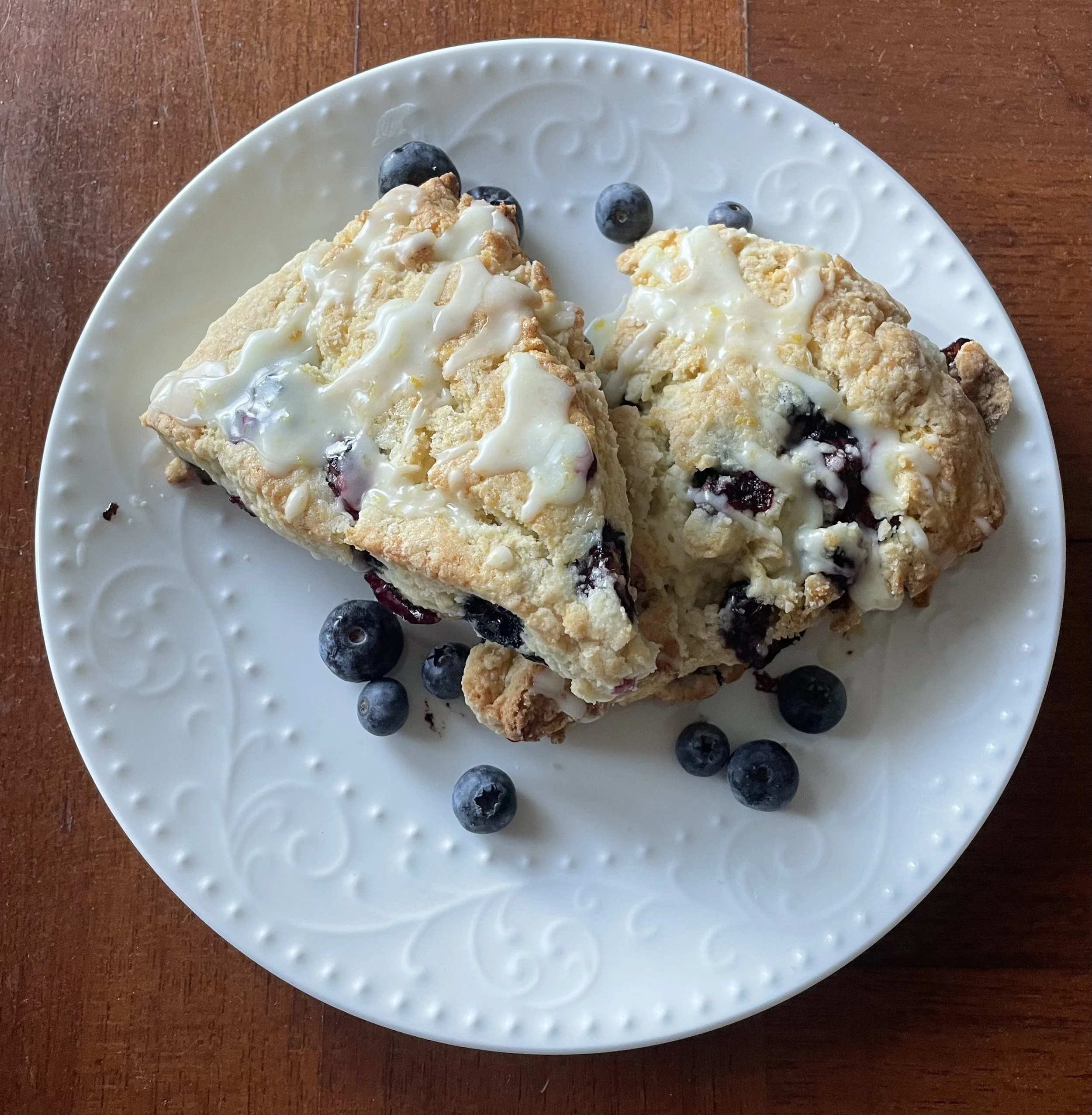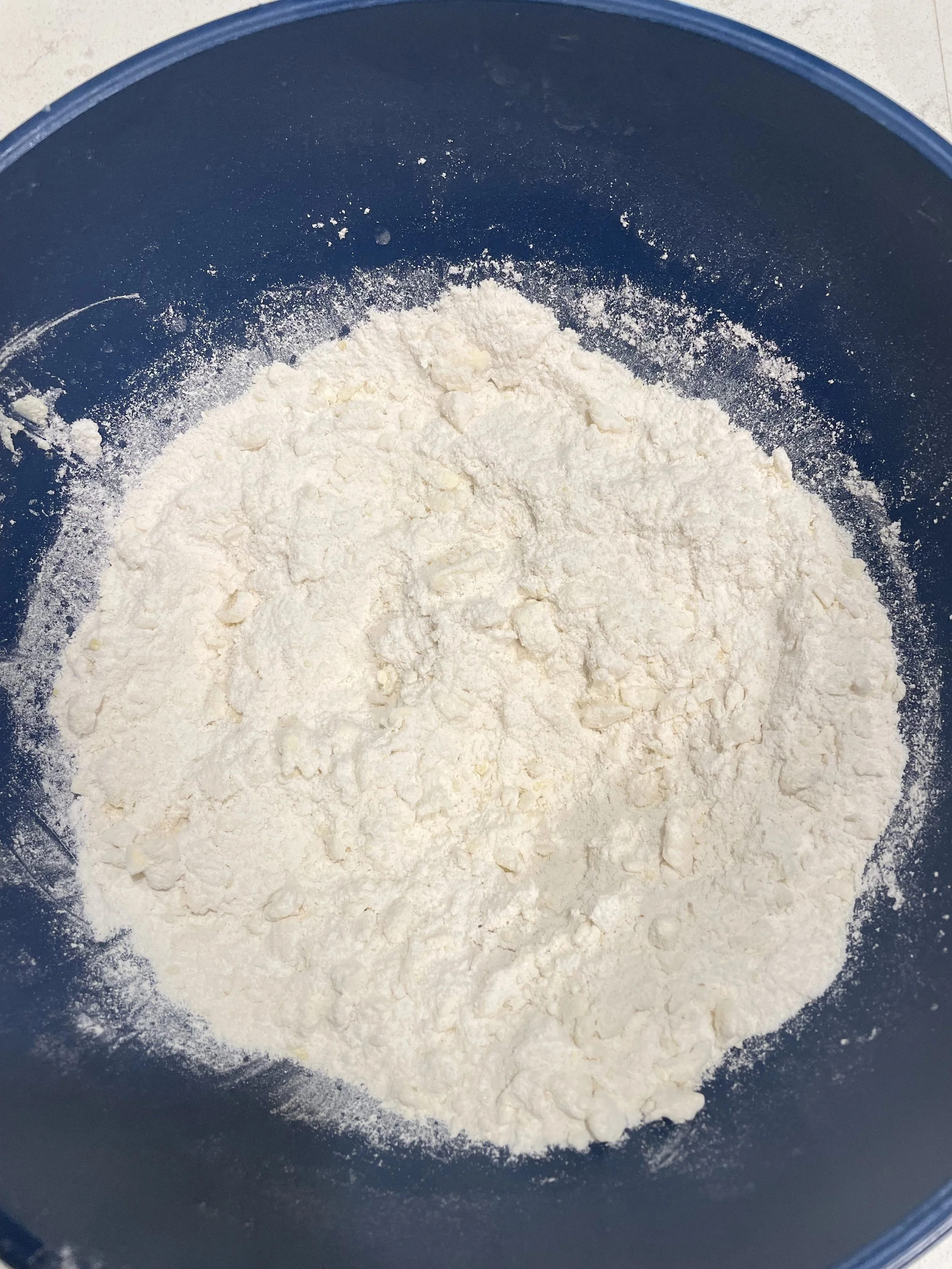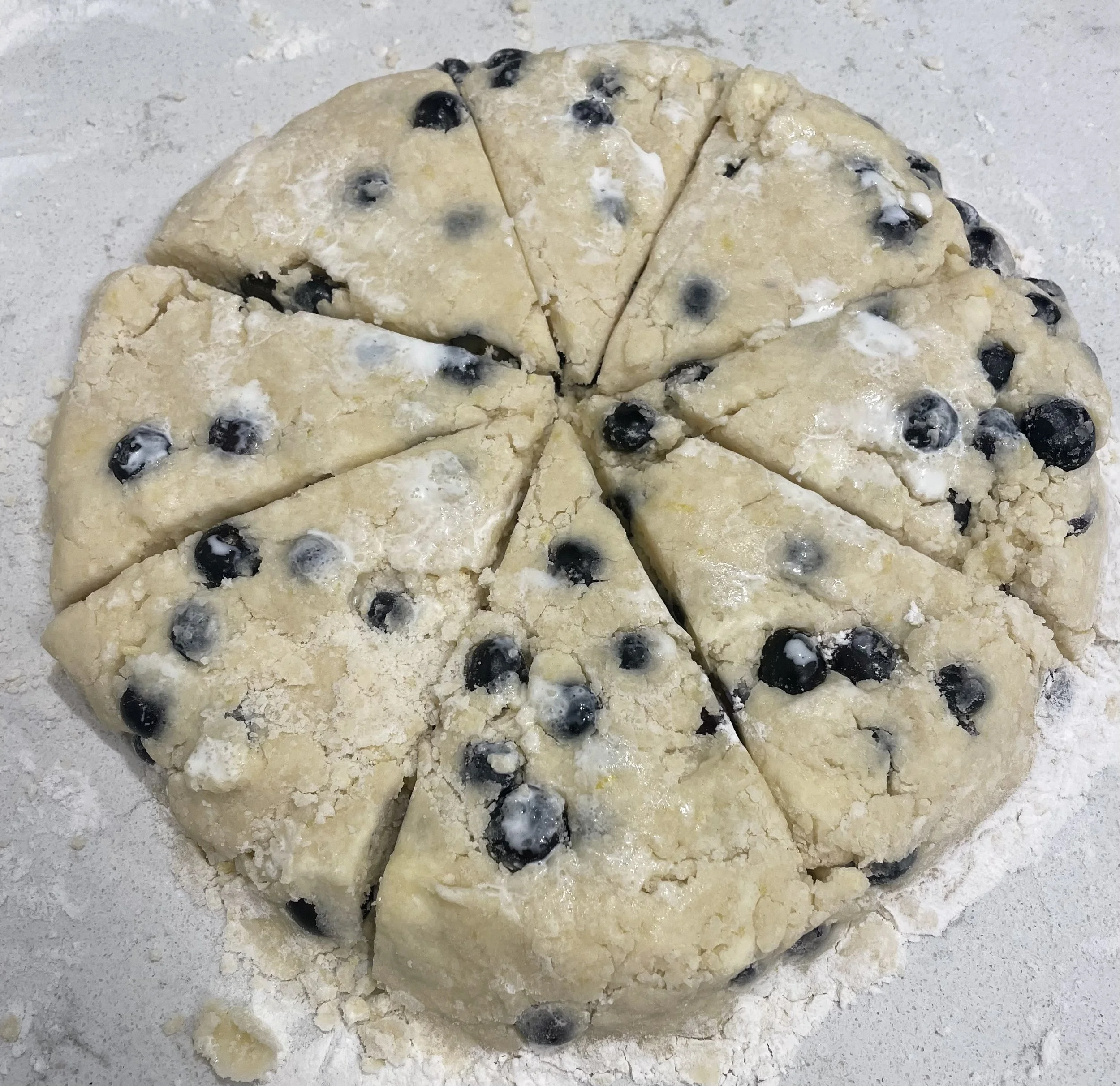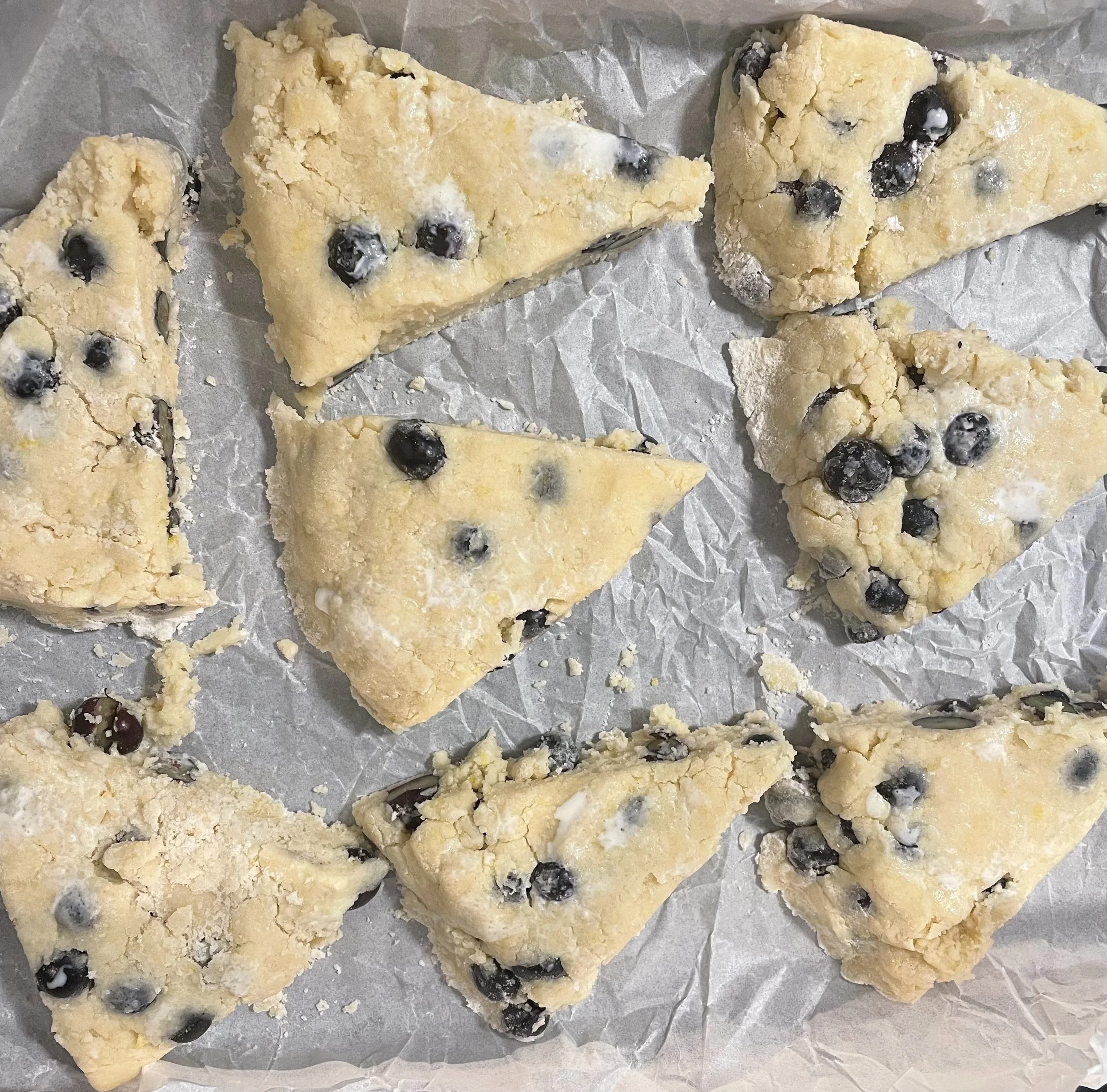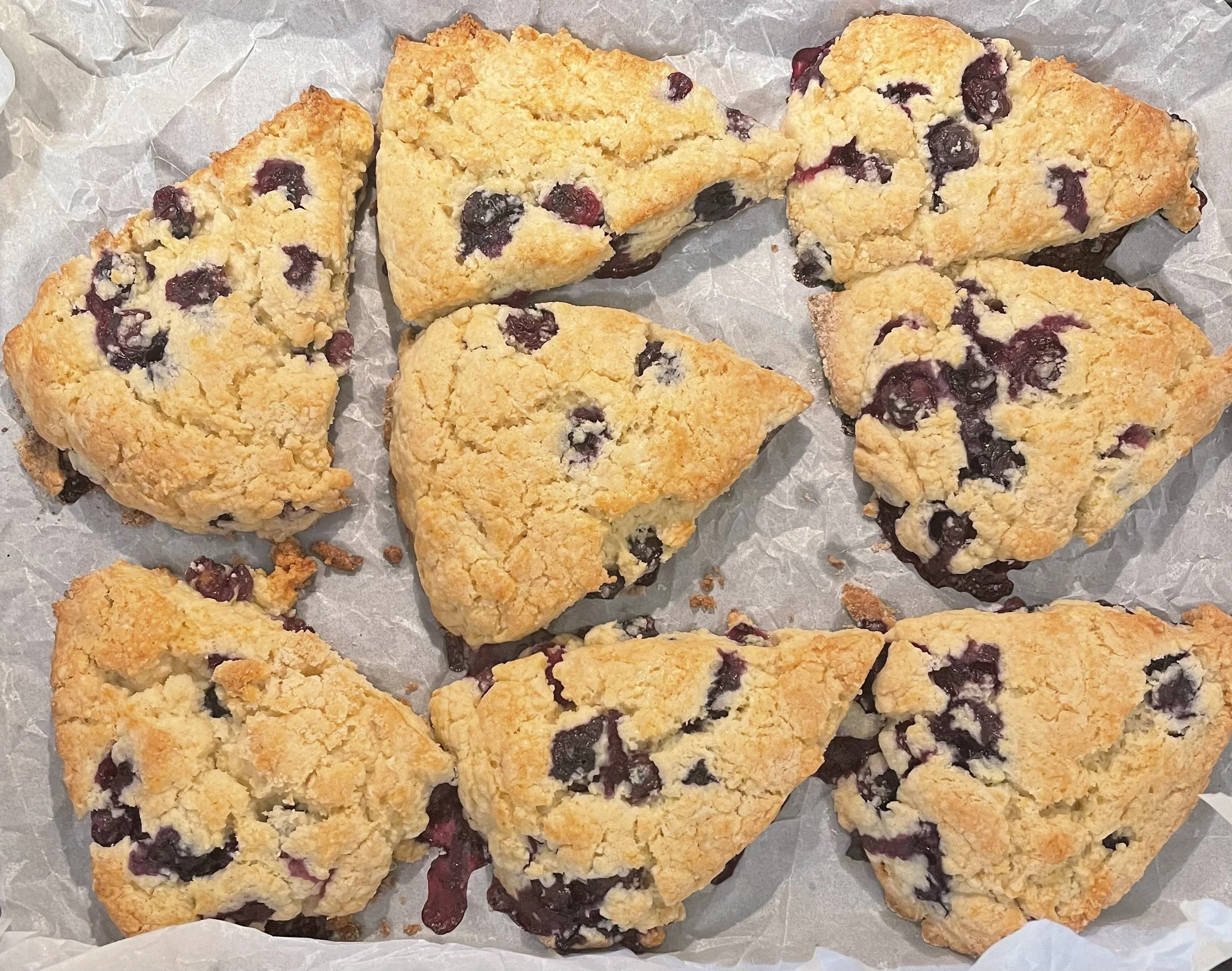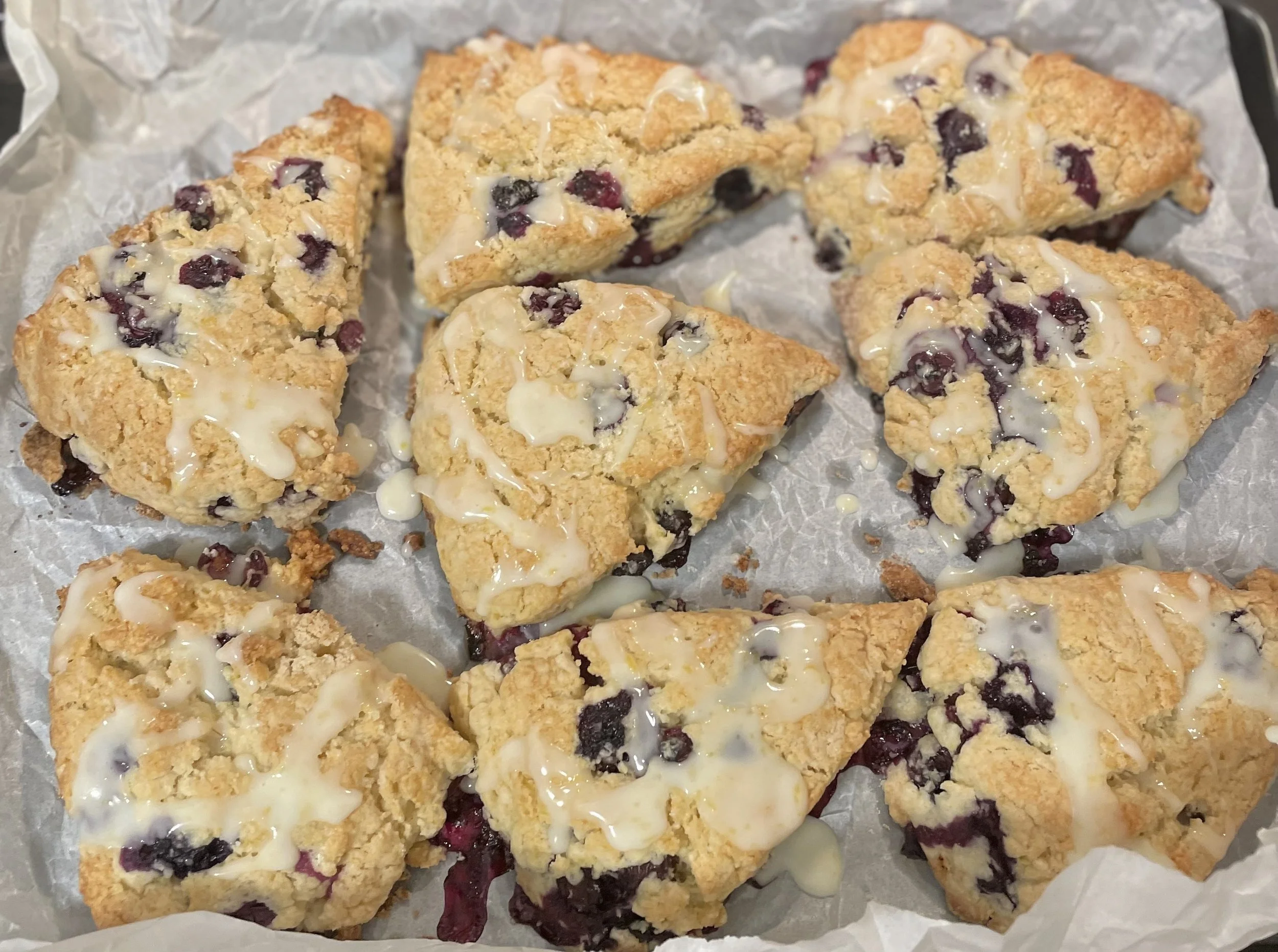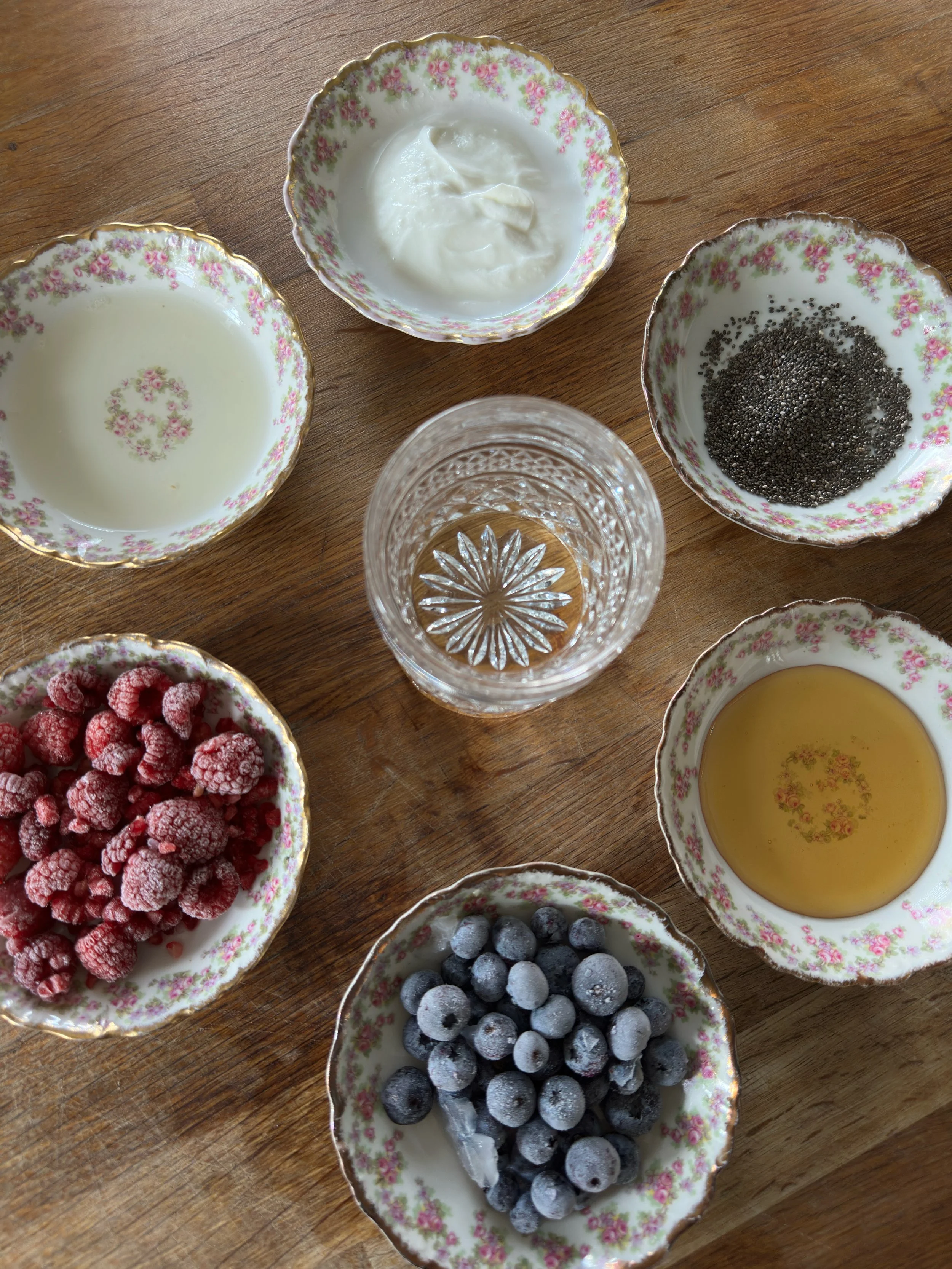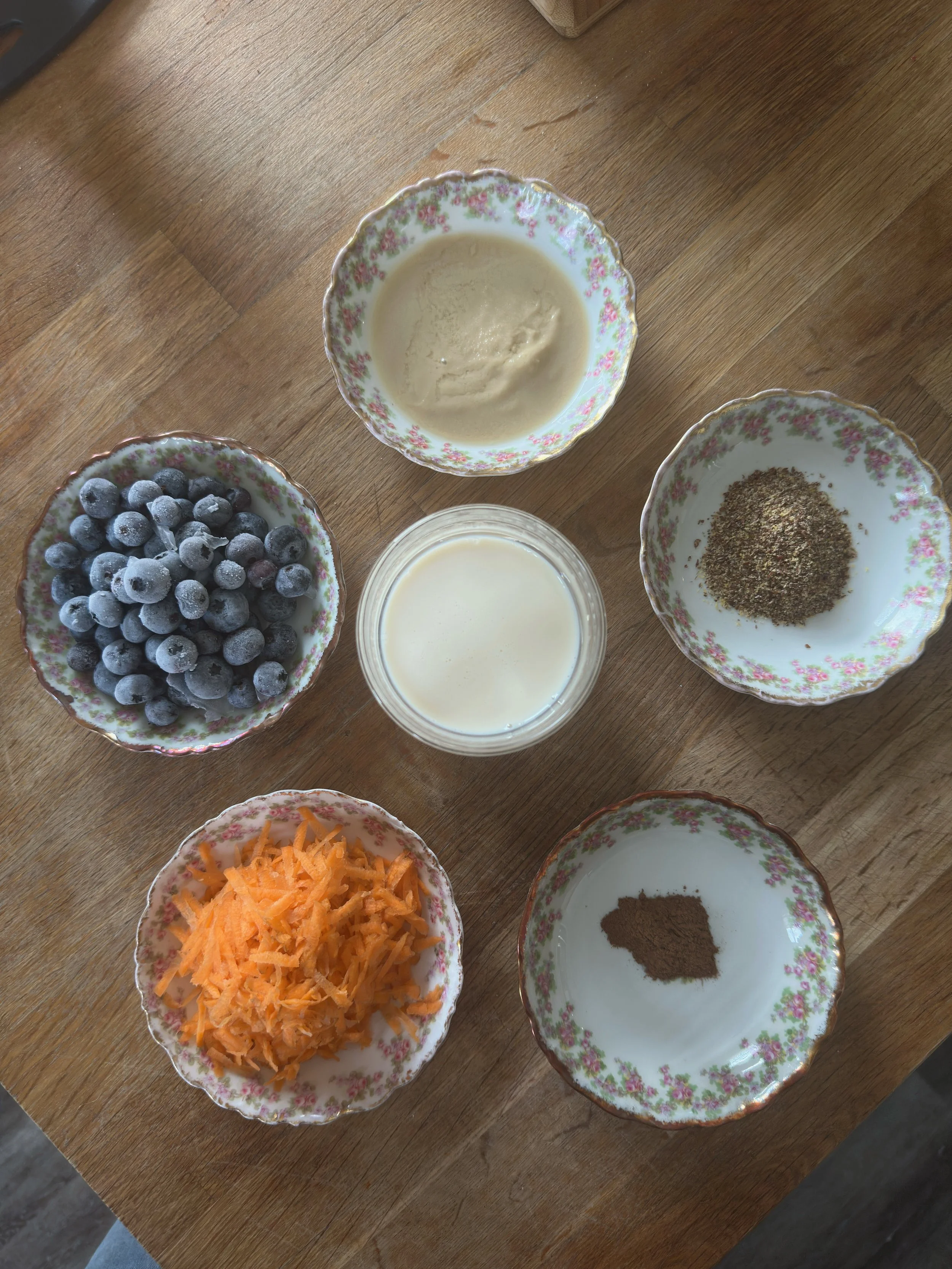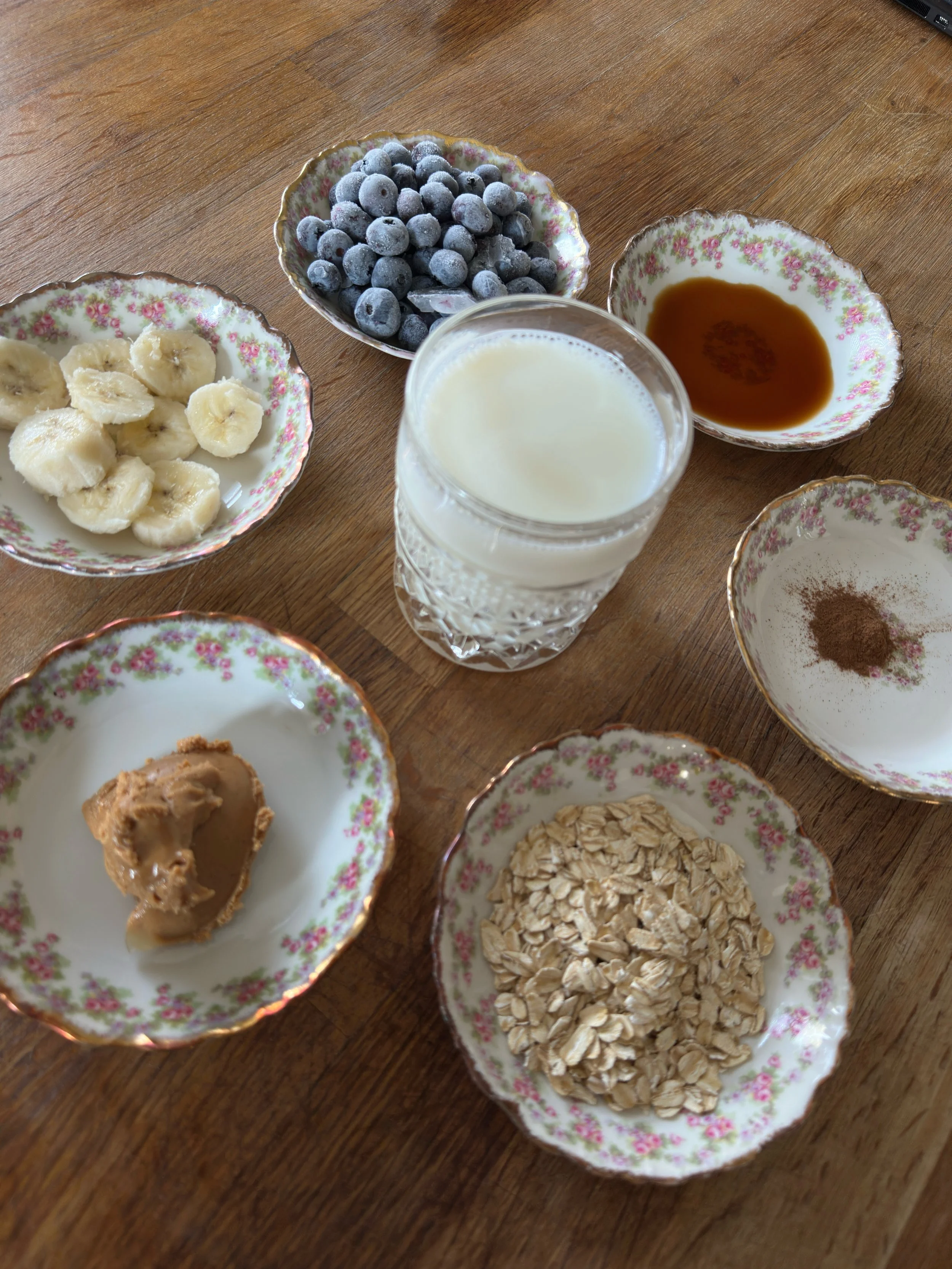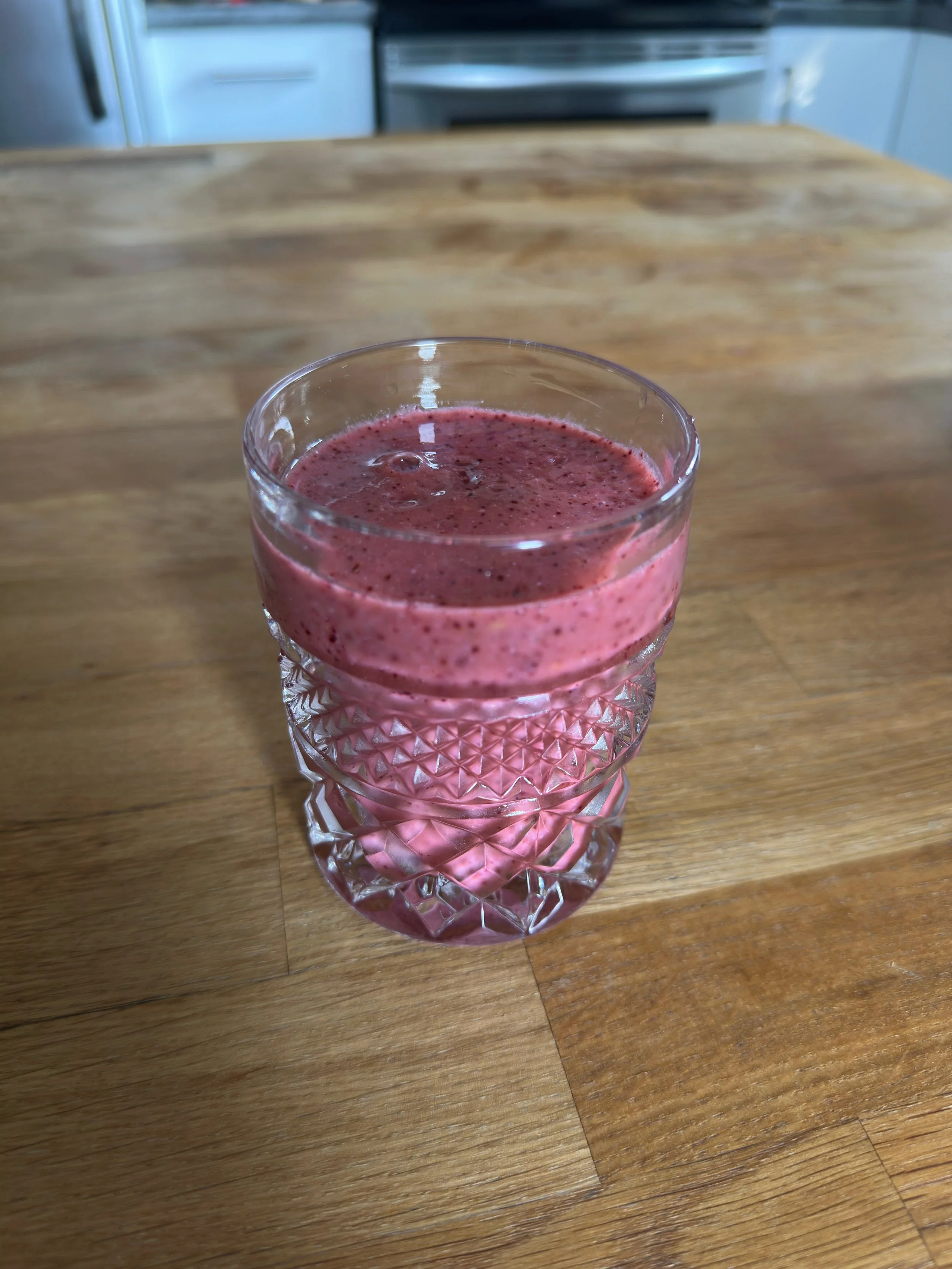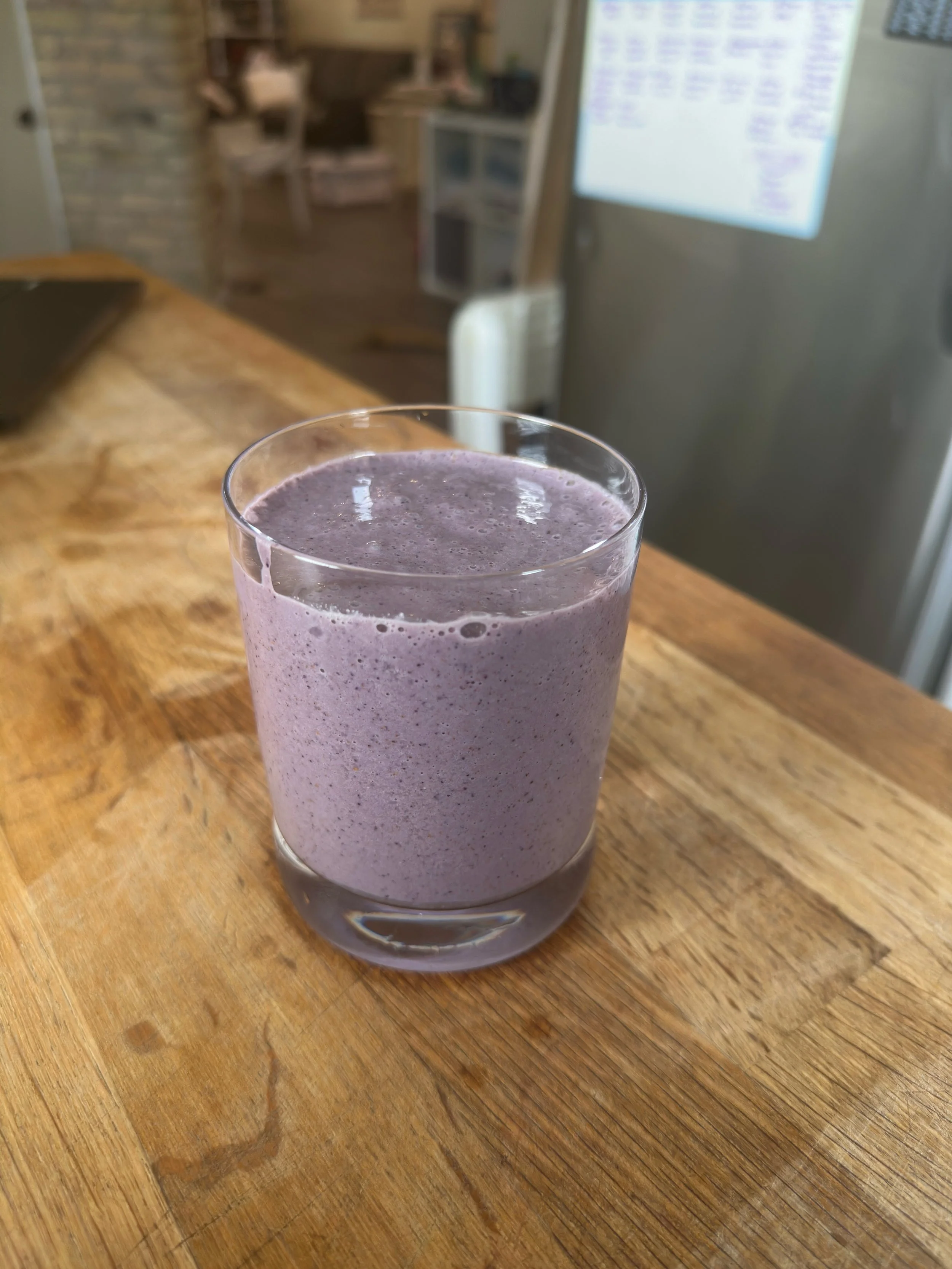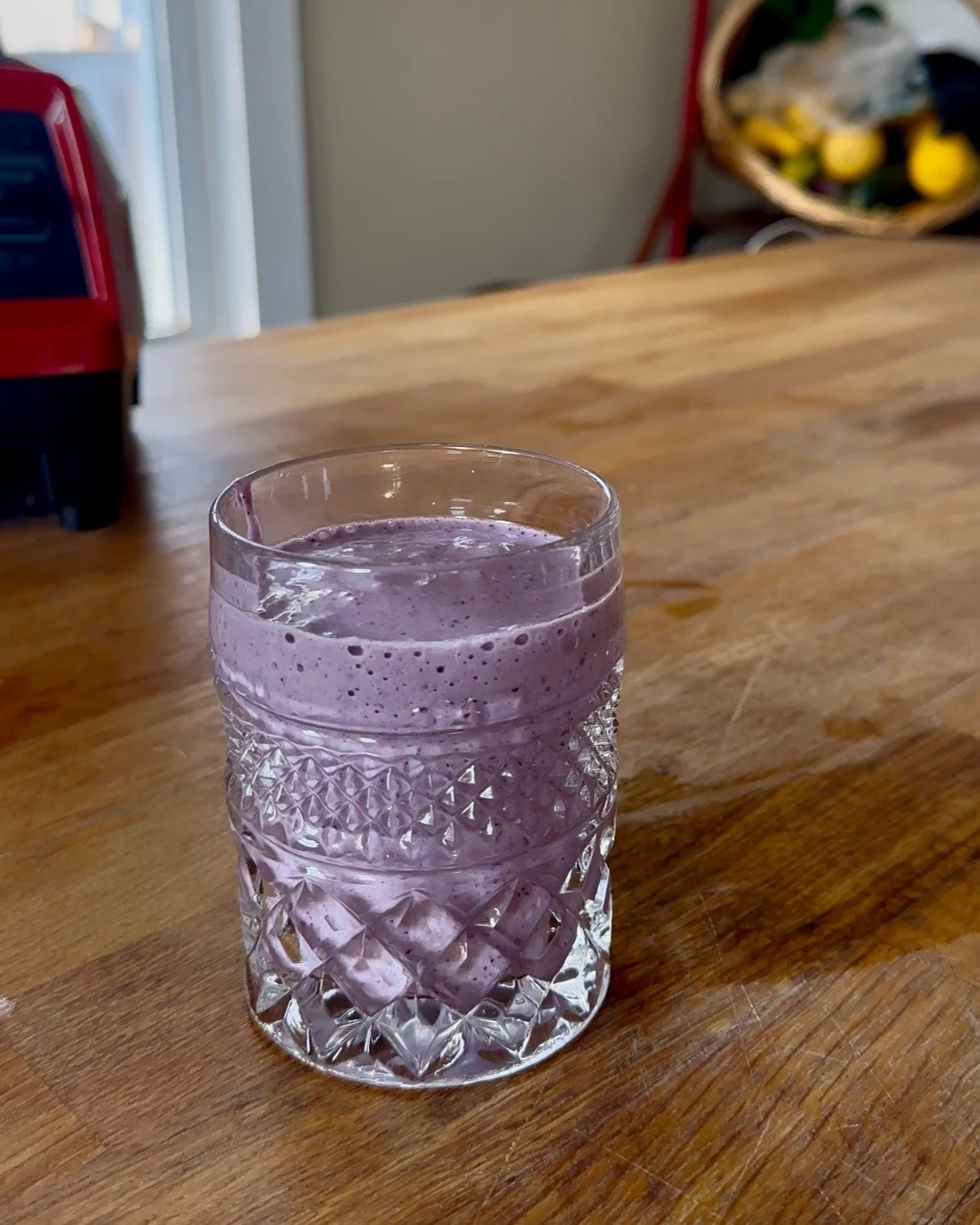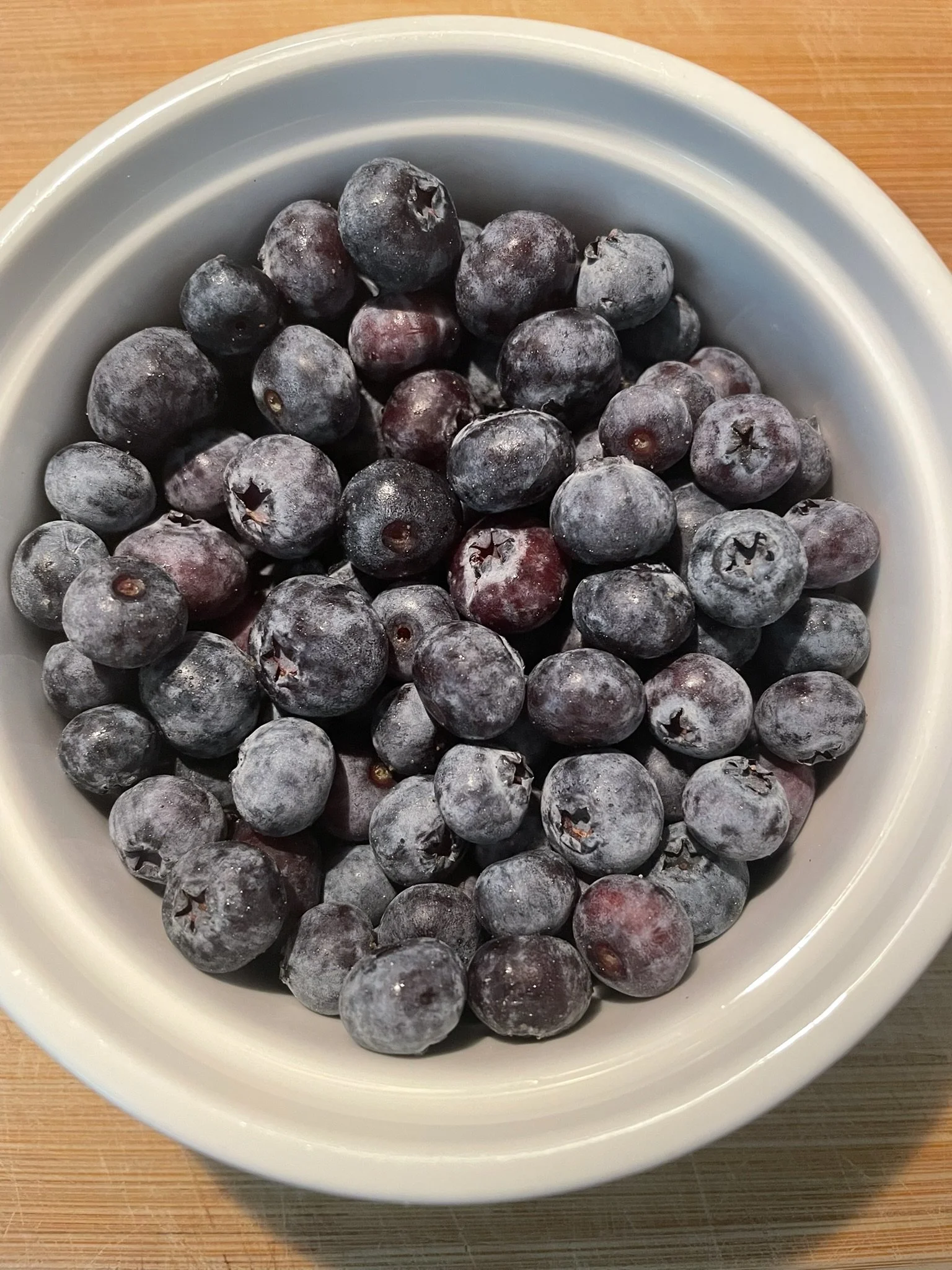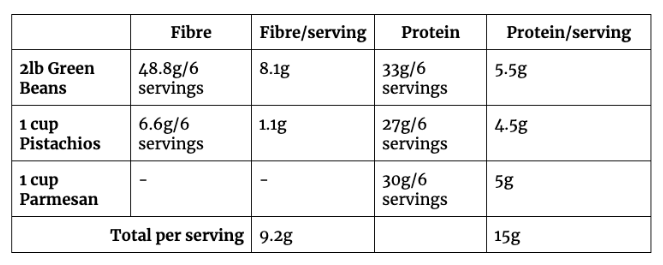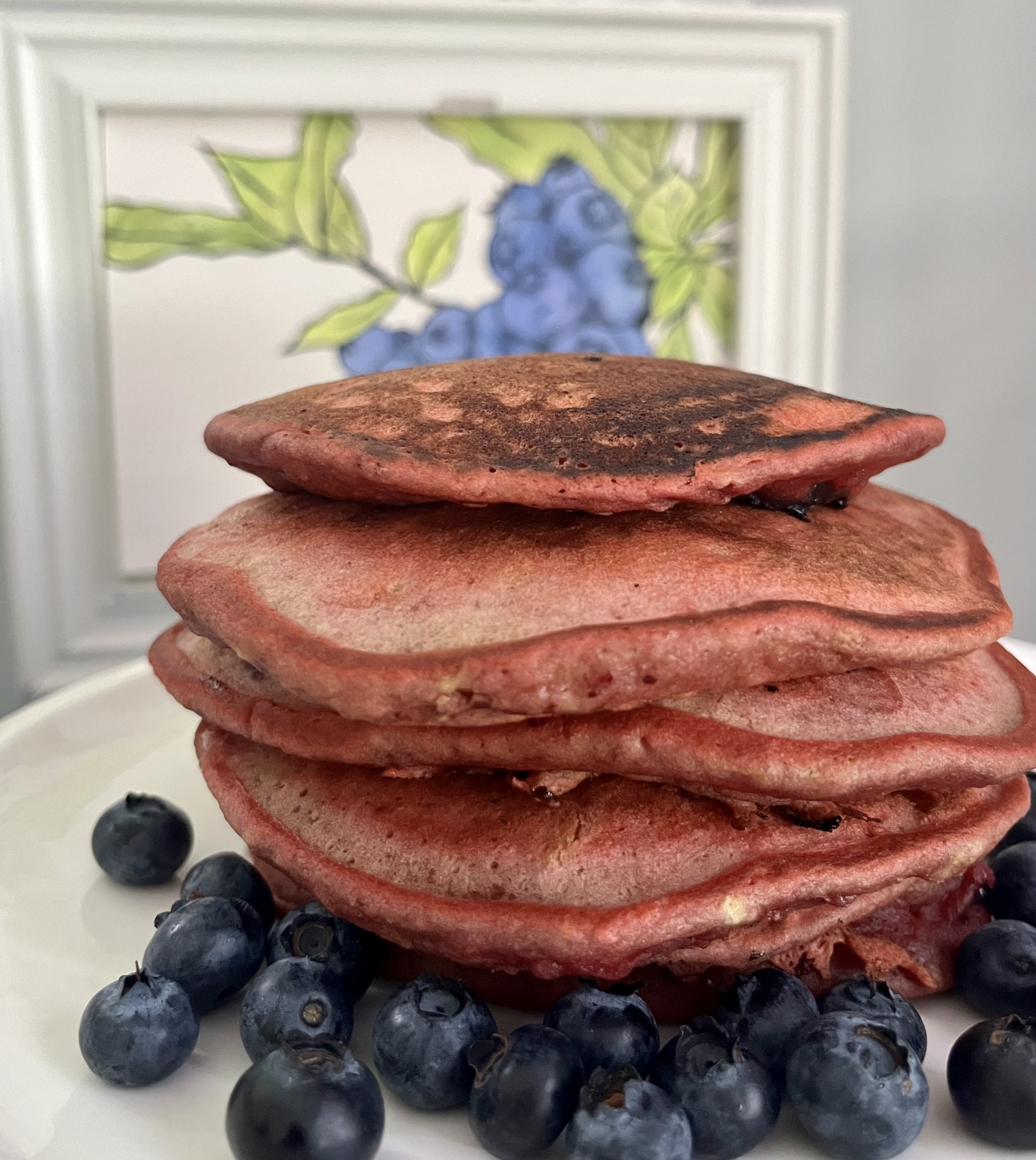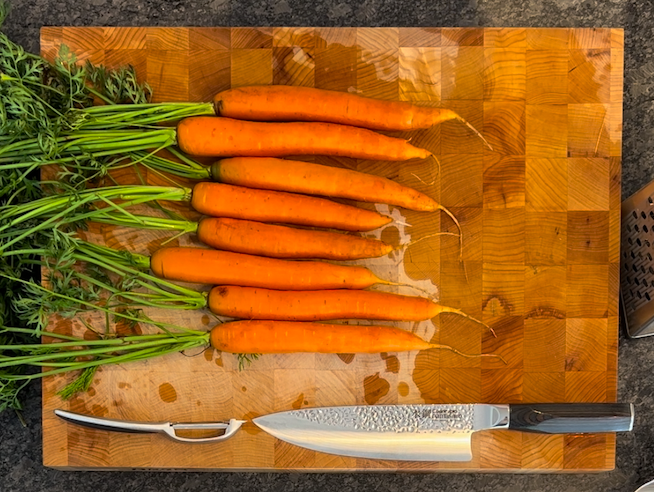Ingredients
For Stew
2 lbs stewing beef
Salt
Pepper
3 tablespoons cooking oil
1 onion, diced
2 stalks celery, diced
3 cloves garlic, minced
1 teaspoon dried thyme
1 cup red wine (or an additional cup of broth)
4 cups beef broth
3 large carrots, diced
2 potatoes, cubed
2 tablespoons tomato paste
2 teaspoons Worcestershire sauce
1 bay leaf
2 tablespoons flour
For Dumplings
1 ¾ cups flour
1 tablespoon baking powder
½ teaspoon salt
2 green onions, diced
1 cup shredded cheddar cheese
¾ cup milk
Instructions
Season the cubes of stewing beef with salt and pepper. Heat 2 tablespoons of the oil in a large, heavy pot over medium-high heat. Brown the beef in batches until all sides are nicely seared. Remove the browned beef from the pot and set aside for later use.
In the same pot, add the remaining oil. Next add onion and celery, and cook for 5 minutes or so, until soft. Add garlic and thyme and cook for 1 additional minute. Finally, add tomato paste and cook for another minute, stirring frequently.
Pour red wine into the pot and scrape up any browned bits on the bottom. Return the beef to the pot followed by the beef broth, Worcestershire sauce, bay leaf, carrots, and potatoes.
Transfer entire contents of the pot to a slow cooker, and cook on low for 7 – 8 hours or high for 4 – 5 hours.
After the slow cooking time has completed, return the stew back to the original pot and place over medium heat. Whisk together the flour with some water until a thickened liquid has formed, then stir that into the contents of the pot.
Now, prepare to add the dumplings!
To make the dumpling batter, whisk together flour, baking powder, salt, and herbs in a bowl. Stir in milk and melted butter, followed by shredded cheese and diced green onion. Mix until just combined.
Drop spoonfuls of dumpling batter over the simmering stew. Cover and cook without lifting the lid for 15-20 minutes, until dumplings are puffed up and cooked through. If you’d like to add more colour, and if your pot is oven-safe, place under the broiler for 2 – 3 minutes.
Remove bay leaf and serve the stew in bowls topped with a dumpling.
Recipe modified from eatwithtenderness.com by Alex Chesney, RD


